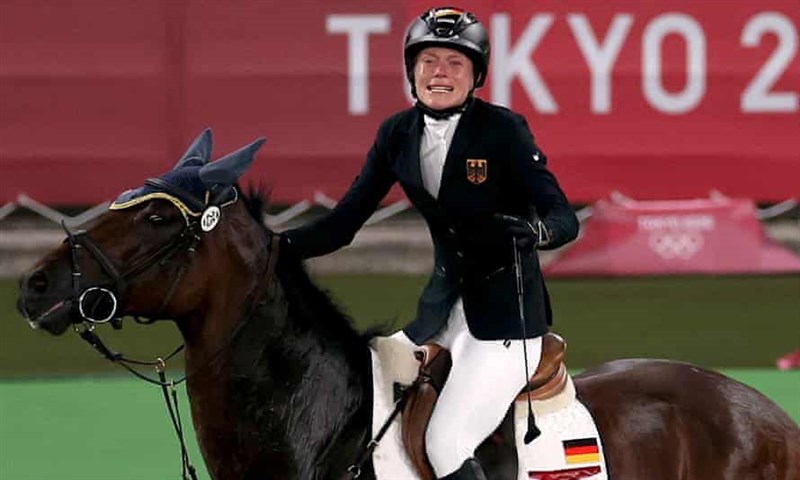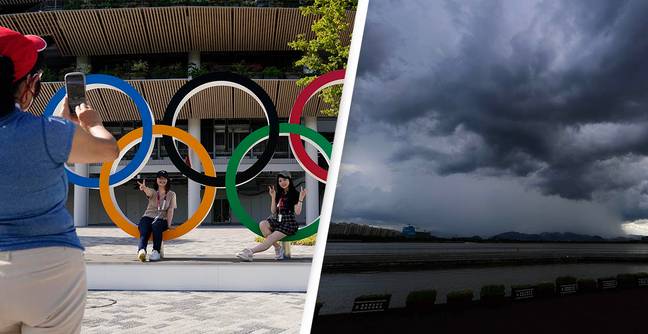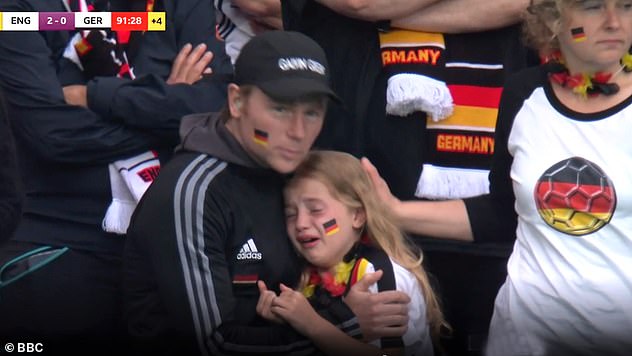The ancient tradition of yoga has been heralded as good medicine for the body. Multiple studies show that yoga helps to regulate blood glucose levels, improve muscle-skeletal ailments, moderate the nervous system and regulate the cardiovascular system. The pace is slow and steady, and the poses are relatively easy. Kundalini yoga blends several basics that work directly on physical vitality and increased consciousness: stretching, body poses, controlled breathing, focused attention, mental awareness and the meditative process.
The basic technique is to stretch and concentrate on holding different postures as you control your breathing. This practice draws you away from ruminating thoughts and worries as you move through poses with names like cobra, archer, or the cat cow that require balance and concentration. Staying focused on your body and breath gives your brain a long-overdue break. After just one session, it's possible to come away with a quieter mind, lighter feeling, refreshed and clearheaded.
The New Study
But how effective is yoga in improving mental health, specifically with regard to conditions like generalized anxiety disorder (GAD), which includes chronic nervousness and worry? GAD is common, impairing, and undertreated. Although many patients with GAD seek complementary and alternative interventions, including yoga, data supporting yoga's efficacy or how it compares to first-line treatments such as cognitive behavioral therapy (CBT)-a therapeutic approach that helps patients identify and re-frame negative thinking-are lacking.
A recent study randomly assigned 226 adults, diagnosed with GAD, to one of three study groups. The goal of the study was to determine whether Kundalini yoga (93 participants) and CBT (90 participants) are each more effective than a control group that included stress education (43 participants) and whether yoga is as effective as CBT for the treatment of GAD. After three months, groups engaged in either Kundalini yoga or CBT treatment showed greater improvement in GAD symptoms than the stress-education group did, but CBT was more effective than Kundalini yoga. Fully 54 percent of those who practiced yoga met response criteria for meaningfully improved symptoms, compared to 33 percent in the stress-education group. Of those treated with CBT, 71 percent met these symptom improvement criteria. The investigators concluded that, although yoga seems to be effective for GAD, CBT remains the gold standard treatment.





















-210709125546260.jpg)

